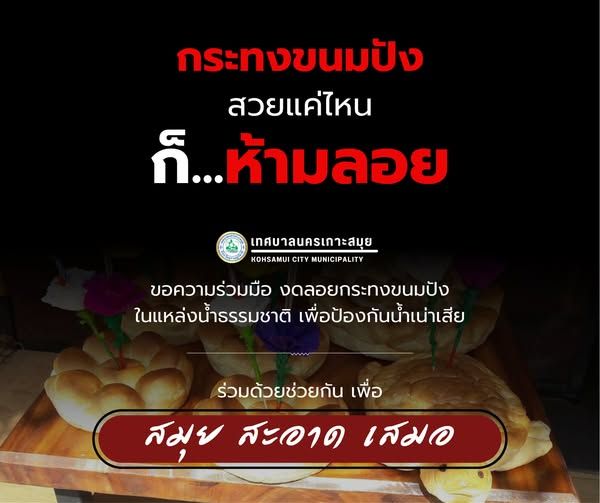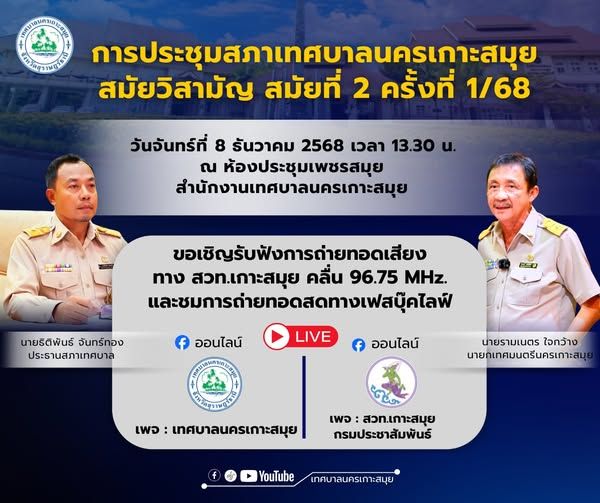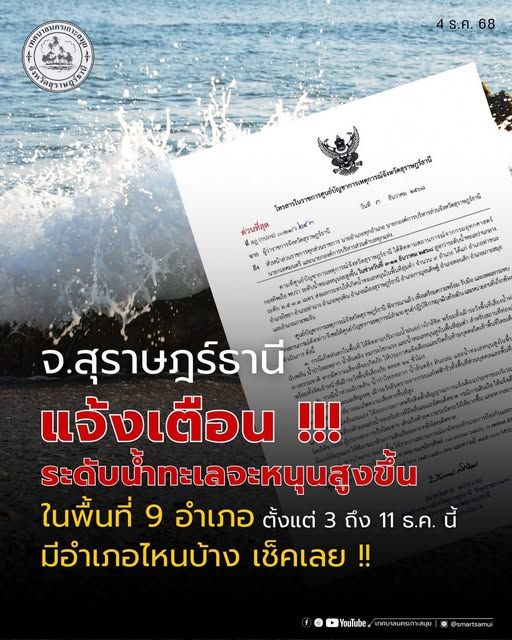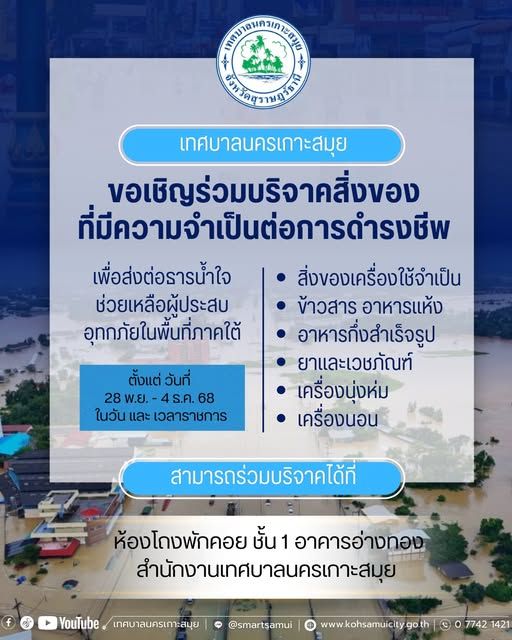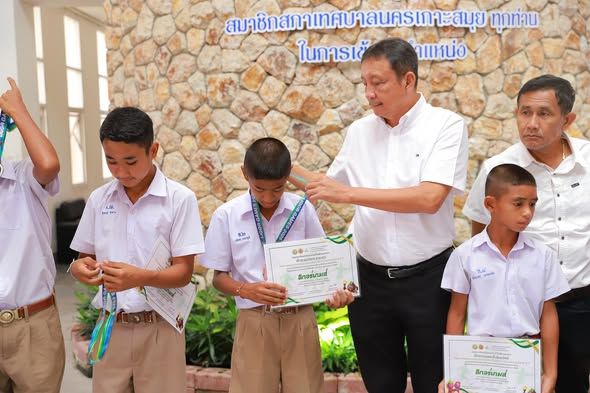Before floating bread krathongs this Loy Krathong, consider their environmental impact. They can harm water quality and marine life, especially in coastal areas like Ko Samui. The Ko Samui Municipality encourages sustainable alternatives to protect our beautiful waters.
LoyKrathong #EcoFriendly #KoSamui #SustainableTourism #ThailandTradition #ProtectOurWaters #GreenLoyKrathong #TravelThailand #IslandLife
Understanding Krathongs in Thai Culture
Loy Krathong is a traditional Thai festival where participants float decorative rafts, known as krathongs, on bodies of water to pay respects and make wishes. Over the years, krathongs have been made from various materials, including banana leaves, flowers, bread, and even ice.
Bread Krathongs: Hidden Environmental Challenges
Bread krathongs, once considered an eco-friendly alternative due to their biodegradable qualities and the notion that fish could consume them, actually pose significant issues. When floated in natural water bodies or those linked to the sea, bread krathongs quickly break apart, turning into soggy debris. This process leads to several environmental problems:
- Increased Sediment: Bread particles create excessive sediment that settles at the bottom of water sources, disrupting natural sedimentation balances.
- Oxygen Depletion: As the bread decomposes, it uses up large amounts of dissolved oxygen, making it harder for aquatic life to thrive.
- Difficult Cleanup: Unlike more durable krathongs, bread fragments are harder for clean-up teams to collect, making complete removal nearly impossible.
- Impact on Aquatic Animals and Ecosystems: The change in water quality and sedimentation can harm fish and other aquatic organisms, while leftover bread may not suit the natural diet of local wildlife.
The Position of Ko Samui Municipality
Ko Samui Municipality has officially requested that residents and visitors refrain from floating bread krathongs during the festival. The local government cites the difficulty in cleaning up bread-based debris and the negative consequences on water quality and marine life, especially in areas where water bodies connect to the ocean.
Responsible Alternatives for Loy Krathong
To honor Loy Krathong traditions while preserving the environment, alternative materials for krathongs are widely encouraged. Recommended options include:
- Natural Materials: Krathongs made from banana leaf, banana tree trunk, flowers, coconut shells, and other plant-based items are biodegradable and less harmful to water quality.
- Ice Krathongs: Ice naturally melts, leaving no debris or residue, making it a popular recent innovation.
- Other Biodegradable Materials: Paper, fruits, and vegetables can serve as creative and environmentally safe krathong bases.
Community Action for a Cleaner Ko Samui
Public participation is vital in protecting local natural resources. Working together and choosing responsible krathong materials helps safeguard water ecosystems in Samui island for the enjoyment of present and future generations.
Frequently Asked Questions
FAQ: The Environmental Impact of Bread Krathongs
Why are bread krathongs discouraged for Loy Krathong on Ko Samui?
Bread krathongs, though thought to be eco-friendly, can break apart quickly in natural water bodies, creating excessive sediment, depleting dissolved oxygen, and being difficult to clean up. These issues harm water quality, aquatic life, and local ecosystems, which is why the Ko Samui Municipality discourages their use.
How do bread krathongs negatively affect marine and freshwater environments?
When bread krathongs decompose, they generate debris that increases sediment and consumes oxygen needed by fish and other aquatic life. This disrupts natural balances, makes cleanup more challenging, and can harm both marine animals and their habitats, especially where rivers connect to the sea.
What are recommended alternatives to bread krathongs for Loy Krathong?
To protect the environment, use krathongs made from banana leaves, banana tree trunks, flowers, coconut shells, ice, or other natural and biodegradable materials. These options break down harmlessly in nature and are easier to manage, helping preserve Ko Samui’s beautiful waters.
